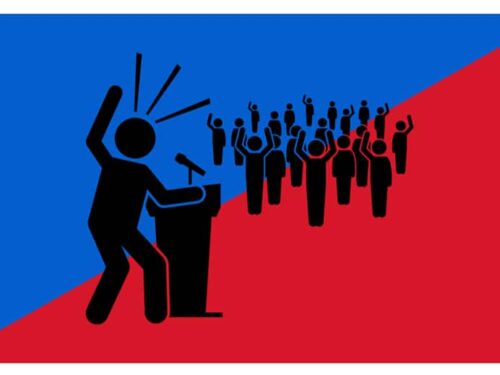
As a leader, it’s your job to identify conflicts and help resolve them, but sometimes it can be difficult to know where to start. According to Mark Gerzon, president of the Mediators Foundation, knowing if a conflict is hot or cold is the first step to resolving it. Gerzon explains what makes an issue hot or cold and how leaders can work to make conflict productive and reach innovative solutions.
Hot conflicts are easy to identify – they occur when people are highly emotional and can include aggression, shouting, and even threats. In cold conflicts, people are more likely to suppress their emotions, withdraw, shut down, stay silent, or act passive aggressive.
The ideal conflict is warm. Warm conflicts are open but not hostile, allowing people to bridge gaps, create ties and trust, and come up with innovative solutions to the problem. You can try to heat up cold issues and cool down hot issues to transform them into more productive warm conflicts.
For hot conflicts, minimize explosive behavior by setting ground rules before you bring people together. Tell the group that everyone will be able to speak and share their feelings for an equal amount of time. This technique can open up conversation and increase trust. For cold conflicts, you’ll need to increase communication. Facilitating dialogue through debate can bring out differences and problems so that people will recognize and begin to address the issue.




